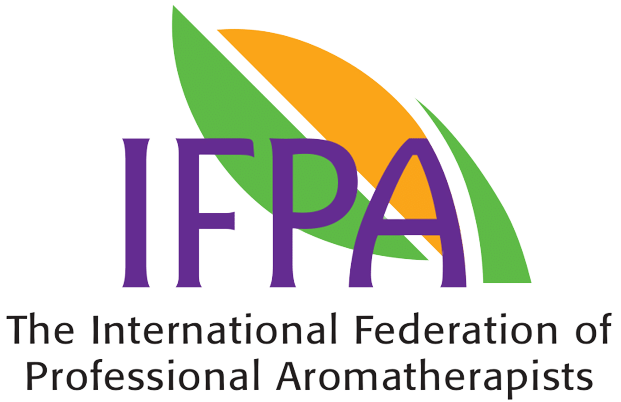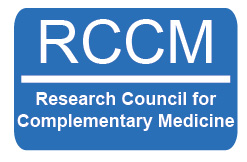Research & resources
Guide to working with pregnant clients
Index to the Guide to working with pregnant clients:
1. Introduction
Many authors have erroneously described emmenagogue oils as abortifacient, this is incorrect. However, women with a history of unstable pregnancies leading to miscarriage need to be introduced to Aromatherapy during pregnancy, by a properly trained qualified Aromatherapist, to ease any anxiety around miscarriage.
Women with unstable history of miscarriages should be aware and be extra cautious. Essential oils can be used during labour and post-natal care. Tisserand and Young – Essential oil safety (page 162) says “Studies suggest that the benefits of Aromatherapy during labour outweighs the risk”.
2. Aim of the Guidelines
These guidelines set out a number of issues to be considered when working around Pregnancy and Lactation. This information is intended to facilitate safety in practice. However, it is not intended to replace continued professional development (CPD).
3. Safety Issues for Using Essential Oils During Pregnancy and Lactation
- Women’s skin can become more sensitive, so the percentage of dilution is 1% to 2%.
- All essential oil components pass through the placenta and reach the baby, therefore, some components in some essential oils are not safe for the fetus.
- Essential oils have been found in breast milk, so some essential oils are contraindicatory during lactation.
4. Dilution of the Blend
- Topical dilution – 1% to 2%.
- Inhalers – no contraindication.
- Room vapourising – no contraindication.
5. Photosensitivity
Pregnant women have increased sensitivity/photosensitivity during pregnancy; therefore, photo-toxic essential oils should be used with caution and training.
Do not use by any route in Pregnancy and Lactation (Tisserand & Young)
The following Essential oils are contra-indicatory during Pregnancy and Lactation – Aniseed (Pimpinella smism)
Aniseed myrtle (Backhousia anisata)
Araucaria (Callitropsis araucarioides) Artemisia vestita (Artemisia vestita) Atractylis (Atractylodes lancea)
Black seed, black caraway, fennel flower (Nigella sativa) Buchu ct diosphenol (agathosma betulina)
Buchu ct pulegone (agathosma crenulata) Calamint (lesser) (Calamintha nepeta)
Camphor – yellow/brown (Cinnamomum camphora) Carrot seed (Daucus carota)
Cassia (Cinnamomum cassis) Chast tree (Vitec agnus castus)
Cinnamon bark (Cinnamomum zeylanicum) Costus (Saussurea costus)
Cypress blue (Callitris intratropica) Dill (Anethum graveolens)
Fennel, bitter (Foeniculum vulgare var amara) Fennel, sweet (Foeniculum vulgare)
Feverfew – (Tanacetum parthenium) Genipi (Artemisia genipe)
Hibawood (Thujopsis dolobrata)
Ho leaf (Cinnamomum camphora ct camphor) Hyssop ct pinocamphone (Hyssopus officinalis) Juniper savin (Juniperus sabina)
Juniperus sabina (Lantana camara) Lavender (Lavandula stoechas) Mugword, great (Artemisia arborescens)
Mugwort, Indian wormwood (Artemisia vulgaris) Myrrh (Commiphora myrrha)
Oregano (Origanum vulgare) Parsley seed (Petroselinum crispum) Pennyroyal (Mentha peleguim)
Rue (Ruta graveolens)
Sage, dalmatian (Salvia officinalis)
Sage, Spanish (Salvia lavandulifolia) Sassafras (Sassafras)
Star anise (Illicium verum) Sweet birch (Betula lenta) Tansy (Tanacetum vulgare)
Thuja – sometimes called cedarleaf (Thuja occidentalis) Western red cedar (Thuja plicata)
Wintergreen (Gultheris procumbens) Wormwood – all types (Artemisia absinthium) Yarrow, green (Achillea nobilis)
Zedoary (Curcuma zedoaria)
6. Benefits of Aromatherapy during Pregnancy
- Relieves stress of all kinds.
- Aids relaxation and helps with a more positive outlook.
- Helps with tiredness, aches and pains, and provides relief for all kinds of minor ailments in pregnancy.
- It can back up and complement what is learnt in relaxation in ante-natal classes.
- Helps to prevent stretch marks.
- Mothers-to-be who experience the benefit of Aromatherapy are more likely to be in touch with their own bodies and their pregnancies.
7. Benefits of Massage during Pregnancy
Therapists need to be trained in the adaptations needed during the different stages of pregnancy to relieve the discomforts of pregnancy.
- Reduces stress and promotes overall wellness.
- Relieves many normal discomforts, such as backache, stiff neck, leg cramps, headaches, and oedema.
- Encourages blood and lymph circulation and relaxes nervous tension.
- Helps relieve depression or anxiety caused by hormonal changes.
- Supports insomnia.
- Reduces nausea and indigestion.
8. Labour
“During studies the administration of Aromatherapy in childbirth did appear to reduce the need for additional pain relief in a proportion of the mothers”, (page 162) Tisserand and Young.
Methods to be used must be in line with hospital regulations or local administration medical guidelines.
The use of inhalation and topical application has been found to be effective to assist the woman during labour.
9. Acknowledgement
All qualified Aromatherapists must work within the guidelines that they have trained in.
10. Accountability
Professional aromatherapists are personally accountable for their own practice and should always work in a competent, safe, and justifiable manner for the good of the client. Where the therapist works in an organisation, they are also accountable to their employer, and they must follow polices and protocols. It is imperative that accurate records are kept of the client, essential oils, dosages, and method of administration with every treatment.
11. CPD
Accountability and competence to practice with pregnant and lactating clients relies on skills and knowledge. Anyone wishing to work more closely with pregnant clients requires up to date knowledge of essential oil safety.
12. Disclaimer
The IFPA has made every effort to provide accurate and safe information and guidance for the use of aromatherapy with pregnant and lactating clients. However, the IFPA cannot be held responsible for any actions made, implied, or expressed by anyone as a result of this guidance. The therapist is individually accountable for their actions. IFPA will endeavour to provide professional support should a potential problem arise.
13. Copyright
The IFPA has exclusive copyrights on this document.
14. Contributors
Christine Courtney MIFPA
Debbie Moore MIFPA
Sunita Teckchand APA MIFPA MNAHA




